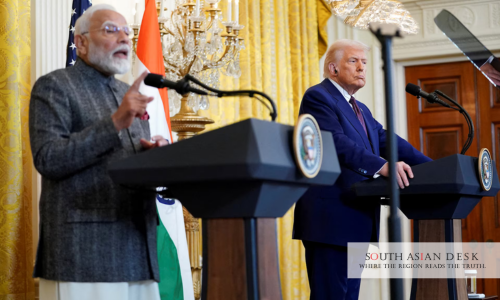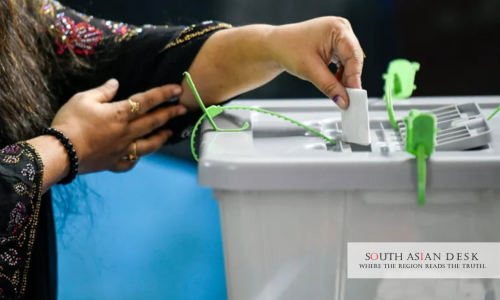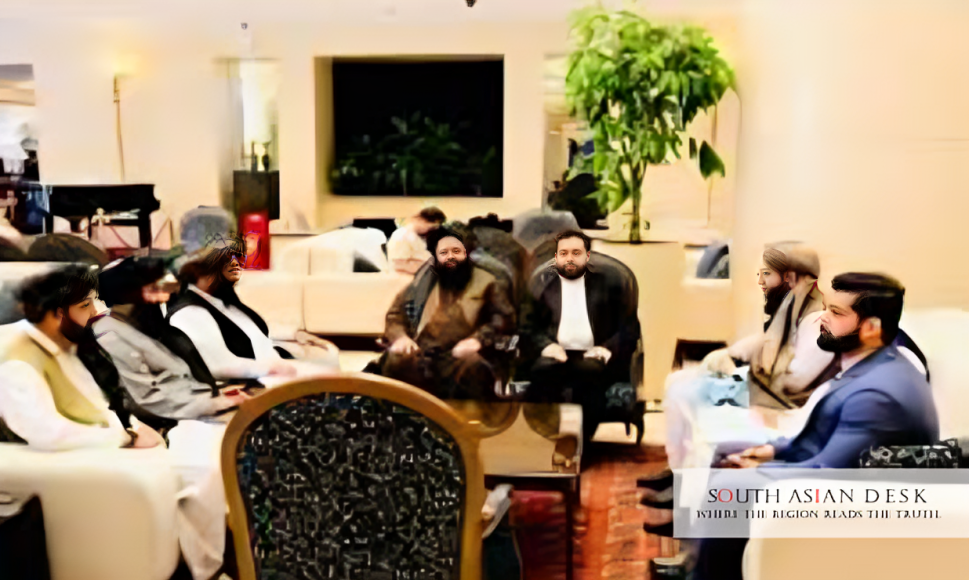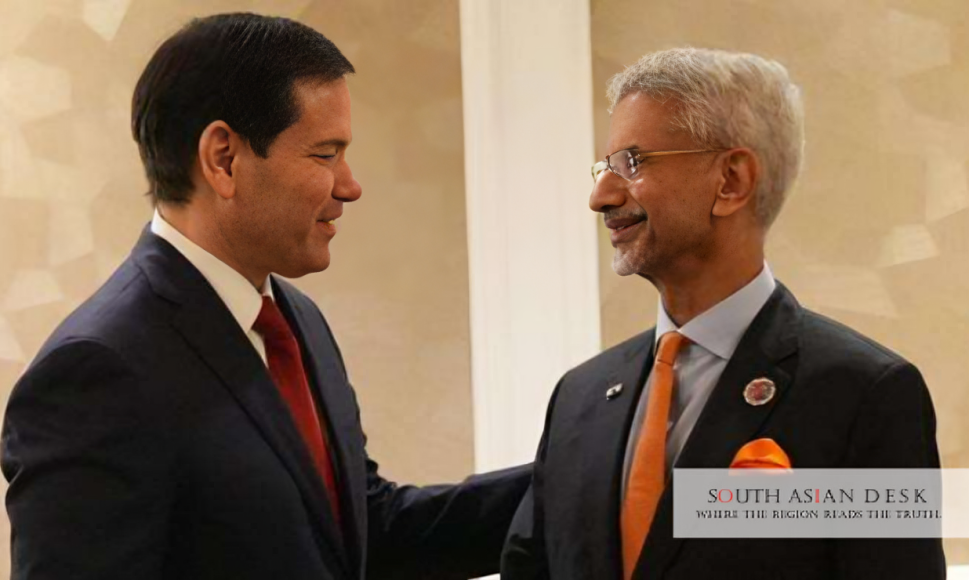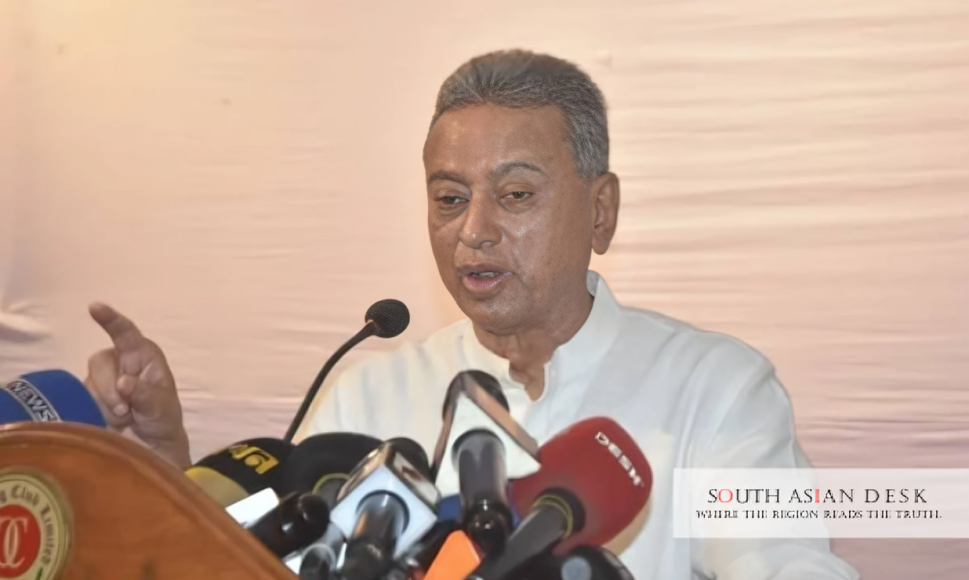WASHINGTON (South Asian Desk) – Trump Modi trade talks dominated a phone conversation between US President Donald Trump and Indian Prime Minister Narendra Modi on Tuesday. The leaders addressed tariffs and energy imports. Modi pledged limits on Russian crude purchases. Trump hailed the exchange as productive. The call lasted 45 minutes.
These Trump-Modi trade talks hold stakes for South Asia. India sources 36 percent of its oil from Russia. Tariff relief could stabilise regional energy costs and boost exports from India to the US. Neighbouring Pakistan watches closely as shifts in Indo-US ties influence subcontinental trade balances and fuel prices.
India US Tariff Cut Deal in Sight
The India-US tariff cut deal emerged as a centerpiece of the dialogue. Trump imposed a 25 percent levy on Indian exports in August. This raised duties to 50 percent overall. The measure targeted India’s purchases of Russian oil. Now, negotiators are eyeing reductions to 15-16 percent.
Officials described the call as candid. Trump spoke to reporters in the Oval Office after the discussion. He noted broad topics but stressed commerce. “We talked about a lot of things, but mostly the world of trade,” Trump said. Modi responded positively. Sources close to the talks confirmed his commitment to curb imports. Russia supplied 1.75 million barrels per day to India in the first half of 2025. This volume accounted for 36 percent of total crude needs.
The tariff hike stemmed from US pressure on Moscow over Ukraine. India ramped up its purchases from Russia after Western sanctions were imposed in 2022. Volumes surged from under 2 percent to over one-third by mid-2025. Trump linked relief to diversification. Bilateral trade hit USD 190 billion in fiscal 2025. India exported USD 78 billion to the US. Key sectors include pharmaceuticals, textiles, and gems. Tariffs hit these hard. A deal could add USD 10 billion annually to India’s earnings, according to Commerce Ministry estimates.
Modi Assures Trump on Russian Oil
Modi assures Trump that the Russian oil formed a key assurance. Trump recounted the pledge directly. “He’s not going to buy much oil from Russia,” Trump stated. “He wants to see that war end as much as I do.”
India ranks as the second-largest buyer of Russian seaborne crude after China. Volumes peaked at 2 million barrels daily in September 2025. New Delhi defends purchases as essential for affordability. Global prices hover at USD 75 per barrel. The US seeks alignment. Washington imposed secondary sanctions on entities aiding Russian energy. India navigated these via rupee payments and non-dollar routes. Yet Trump pressures India over trade tariffs to enforce compliance.
Following the call, Indian officials issued no formal readout. The Prime Minister’s Office shared Diwali greetings from Trump on Wednesday. “Prime Minister thanks US President Mr. Donald Trump for Diwali Greetings,” a statement read. “Reaffirms Commitment to Shared Democratic Ideals and Global Peace.” Energy experts view the assurance as pragmatic. India plans gradual cuts. Targets include a 20 percent reduction by March 2026. Alternatives from Saudi Arabia and the US could fill gaps. This shift eases US concerns but raises costs for Indian refiners.
Trump Modi Trade Talks
Trump pressures India over trade tariffs, which have intensified since his August directive. The policy doubled barriers on USD 20 billion of goods. Steel, aluminium, and auto parts faced hikes. Indian steel exports dropped 15 percent in Q3 2025. Negotiators met virtually last week. A framework emerged for mini-deals. Agriculture and digital trade feature prominently. The US demands market access for dairy. India resists subsidies.
The broader context includes Quad dynamics. The alliance counters China. Trade frictions risk spillover. Yet leaders reaffirmed ties. Trump called Modi a partner in peace efforts. Data from the US Trade Representative shows deficits of USD 30 billion. India pushes for fair terms. Commerce Minister Piyush Goyal leads the team. He termed progress “substantive” in a briefing.
South Asian ripple effects loom. Pakistan’s textile sector competes with India’s. US relief for New Delhi could squeeze Islamabad’s exports. Regional forums like SAARC remain dormant. Bilateral pacts fill voids.
Background: Escalating Tensions
Tensions brewed post-Ukraine invasion. India abstained from voting against Russia at the UN. US critiques followed. Trump revived tariff threats in his 2025 campaign. August’s action marked the implementation. Prior deals faltered. A 2023 mini-pact covered USD 500 million in goods and services. Stalled talks resumed after Modi visited the US in June. Diwali timing adds symbolism. Oil dependency deepened. Russia’s discount crude saved India USD 5 billion yearly. Yet diversification accelerates. US liquefied natural gas imports rose 25 percent in 2025.
What’s Next: Deal Timeline
Teams aim for agreement by December. Interim cuts could apply sooner. Trump and Modi’s talks continue via their deputies. Outcomes hinge on Ukraine’s progress. Watch for G20 inputs. Leaders meet in Brazil next month. Energy security tops agendas. Trump, Modi trade talks signal thawing. Subcontinental economies stand to gain from balanced flows.
Published in SouthAsianDesk, October 22nd, 2025
Follow SouthAsianDesk on X, Instagram, and Facebook for insights on business and current affairs from across South Asia.


